
A Himalayan Journey, Trekking Annapurna, Nepal, a breathtaking, unexplored region of the Annapurna Sanctuary. Consisting almost completely of the famous and wonderful Himalayas and their foothills, Nepal offers never-ending hiking opportunities. Certainly, every single one of them has its own incomparable quality. You can go your own way with selecting one, but if you want varying grounds and pristine cultural richness, all within a reasonable time frame, there’s no better option than the six-to-seven day hike to Siklis.
Activity/Place Highlights
Not the Annapurna Circuit!
The Annapurna region, situated at the west of Nepal, is very well known for being home to the Annapurna Circuit. This is a popular and much-frequented tea-house path. However, the Siklis trek should not be mistaken with this. While the Annapurna Circuit is an 11-day long trail, the hike to Siklis is a six-day adventure, based in part of the Annapurna Sanctuary. Besides, instead of tea-house stops, the Siklis trek includes camping, allowing access to more remote areas.
The Annapurna Sanctuary is protected by the Annapurna Conservation Area Project (ACAP), and was closed to hikers until late 90s.
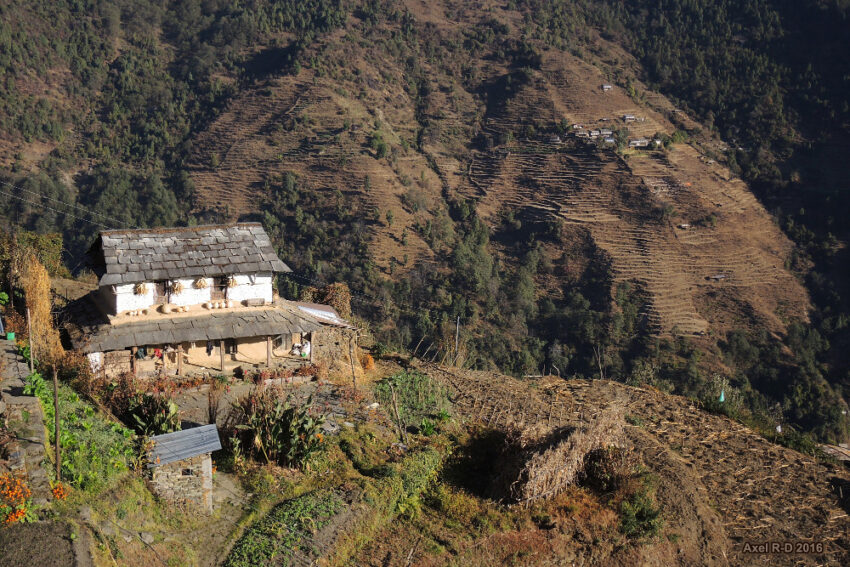
The Machhapuchhare peak
The natural highlight of the journey to Siklis is the sacred peak of Machhapuchhare, also known as Fish Tail Mountain. With its 6,997 meters, it’s not even close to most of Nepal peaks (rising over 8,000 meters), but it is the most sacred. In fact, it’s so sacred that climbing it is banned. If you look at the peak from certain angles, you’ll notice how the twin rocks at the top resemble a fishtail, giving it its distinctive name.
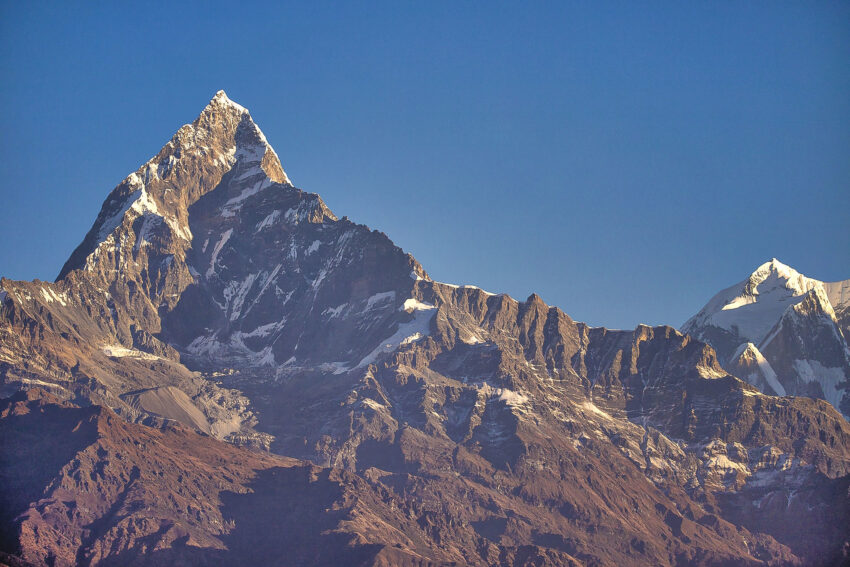
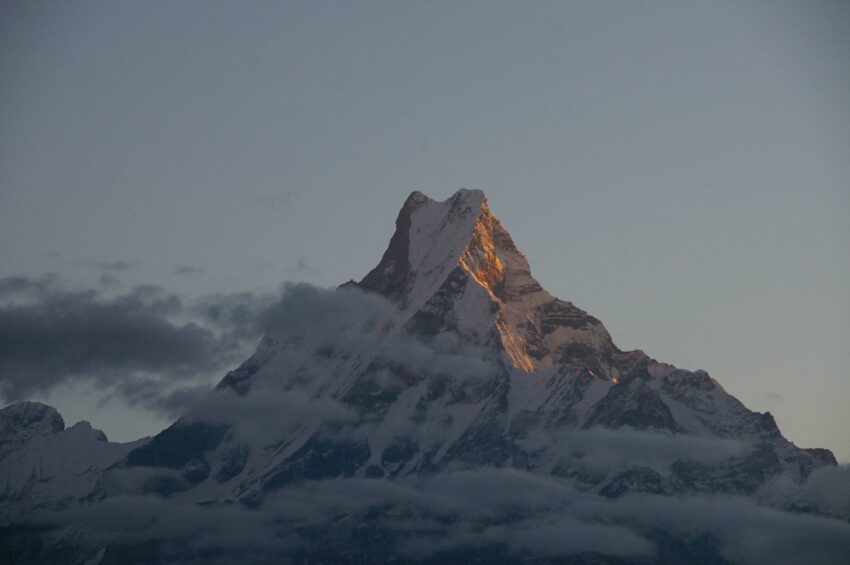
Ghachok village
Starting your trek, you’ll have to cross some wobbly bamboo bridges, skirting the east bank of the Seti River and its rushing fast waters. The path then zigzags up to the Ghachok village. This small town is perfect to set up camp with views of Machhapuchhare, as the peak turns reddish with the sunset.
When the sun goes down, the temperature in the village soon drops alongside it. But an abundant three-course dinner is the perfect warming option, lifting up your spirit for the hike that awaits you.
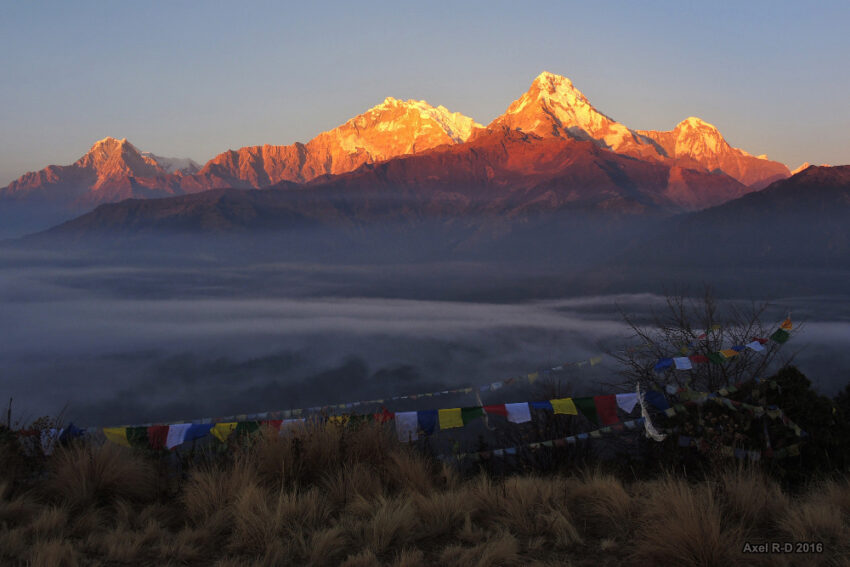
Annapurna is for early risers!
Waking up before dawn is an essential part of the Himalayan adventure. The change in altitude will surely disturb your sleep, so before you start your trip, make sure you look up the best ways to beat altitude sickness and stay healthy even at high elevation. However, the hot cup of tea the chef serves you calms the harshness of waking up so early and altitude symptoms. Lastly, Nepal specializes in wonderful sunrises. Watching the impressive spectacle certainly makes the early awakening totally worth it.
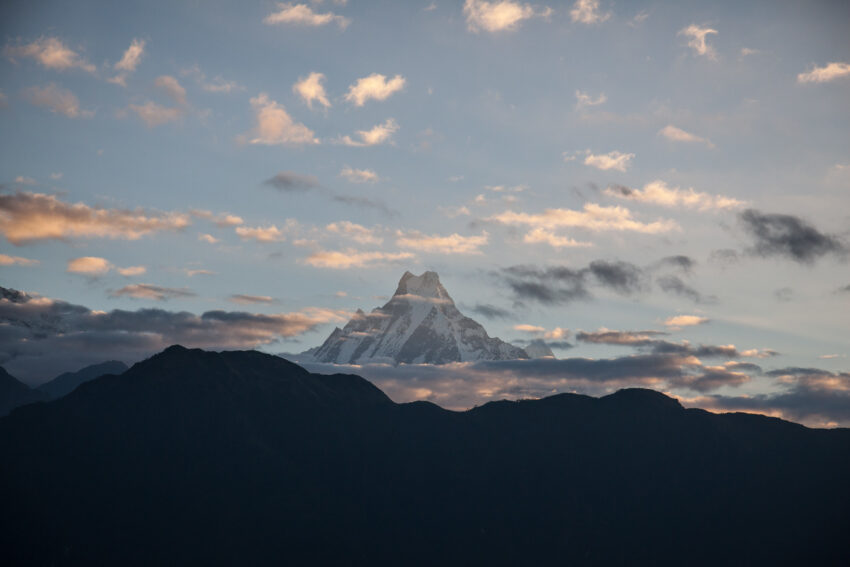
The Gurung tribe
The path slowly guides you upwards. Then, you will pass nomadic herders, strong girls carrying large and almost unrealistic loads of firewood, and playful monkeys that brighten your mood. Once you get to the cobblestone streets of Chaur and Ghalegaon, you will meet the villages’ Gurung tribe. Hard-working people barely making a living out of basic and primitive agriculture.
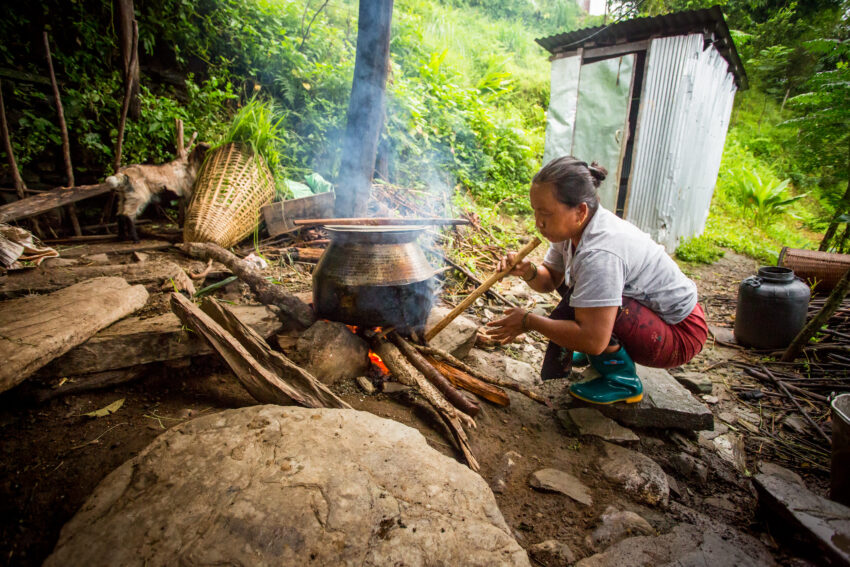
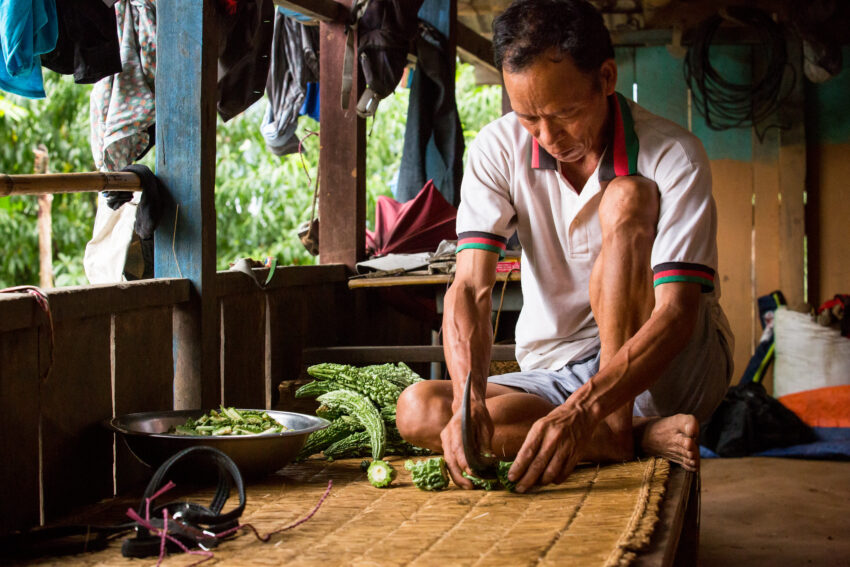
Siklis
After a couple of hard climbing days, when you get higher, the trail passes through a wonderful rhododendron forest. The pretty and colorful flowers frame the lingering Machhapuchhare peak. The path then breaks out through open hills to get to Siklis. With its 1,980 meters, the village is not incredibly high, but the astonishing scenery it holds, including Lamjung Himal (6,986 meters) and Annapurna II, gives Siklis an unique charm. The hike is not like climbing the famous Everest, but the feeling the Himalayas give you stays the same.
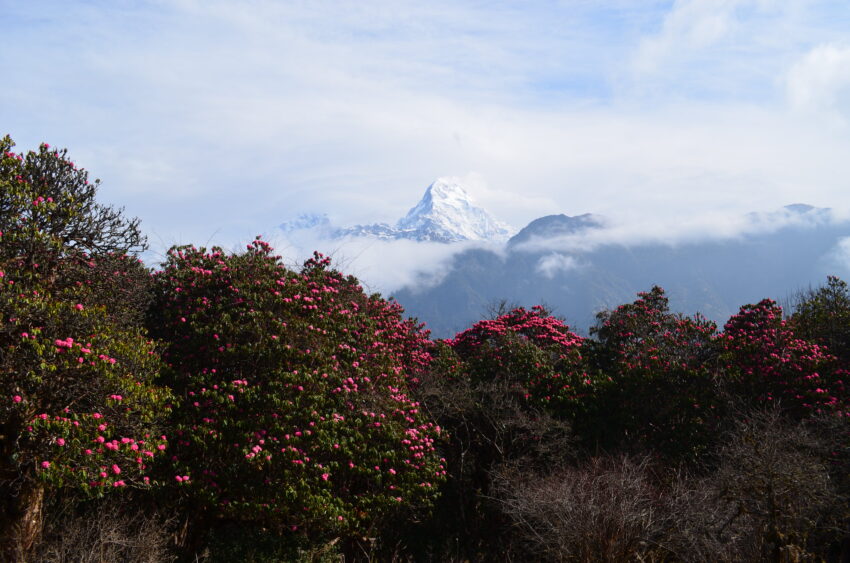
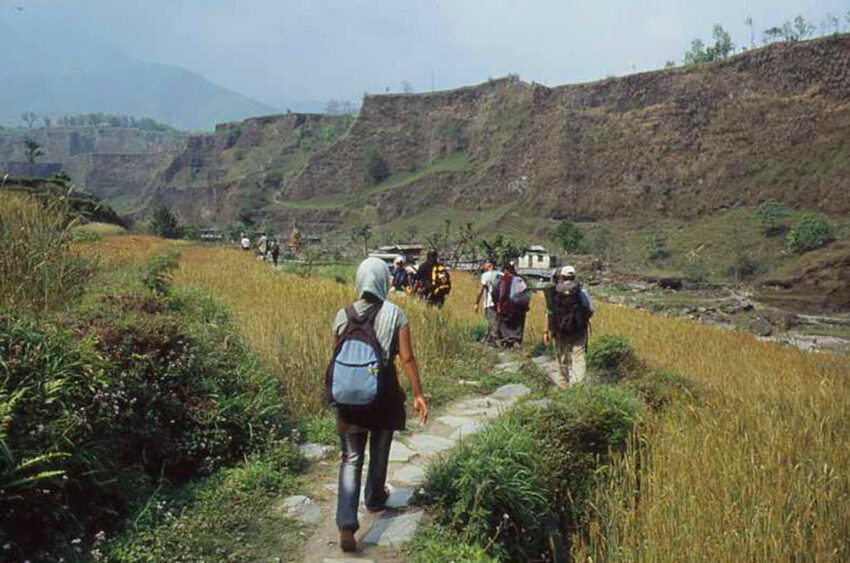
Going back is just as overwhelmingly beautiful as going up. Following the white calm waters of the Madi River, you will pass through some wonderful villages. Here, refreshing mandarins and the traditional Lhassi, a buffalo yogurt, is offered to you without even asking, to restore the energies lost in the long trail. And this is just the tip of the iceberg: both the Annapurna circuit and the Siklis trek have the best food.

Bhagowatitar
Finally, you’ll get to camp at an old stone-built village, Bhagowatitar. There, you can enjoy a chef’s cake and sing and dance all night, to end your trek in the best way possible. Nepal surely gets the awards when it comes to high mountains and snow. But the Annapurna Sanctuary is so charming and pleasant that you won’t need to be a professional climber to be absorbed by the beauty of the Himalayas.
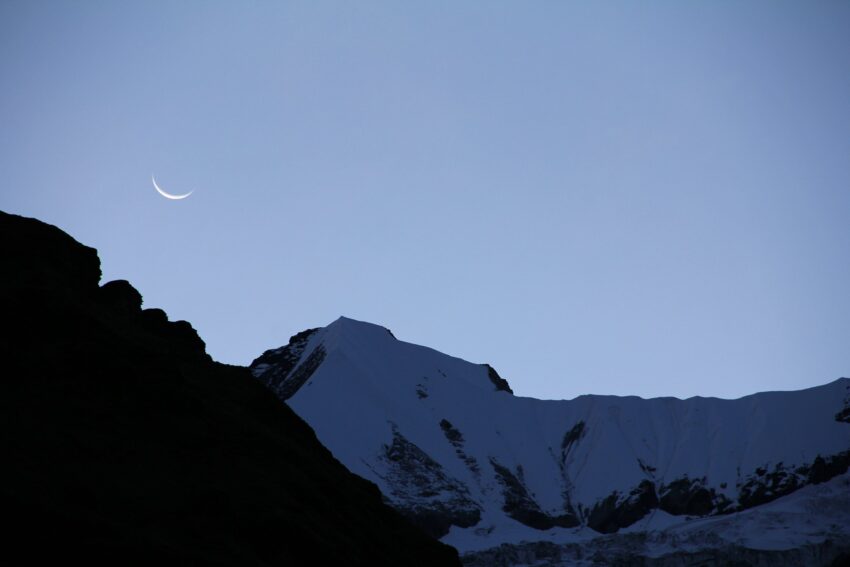
How to get there
The Tribhuvan International Airport is located in Kathmandu, around 170km from the Annapuerna Conservation Area. You can get from the airport to Annapurna by private vehicle or tourist bus.
When to go
From June to September, Nepal’s Monsoon is at its peak, which means it rains almost every day with occasional thunderstorms at evenings. Around March to April, the rhododendron forests bloom, but the weather is still wet, and leeches may bother you in lower grounds. To get the best weather, pleasant temperatures, and clear skies, October should be your first option to do your Annapurna trip.
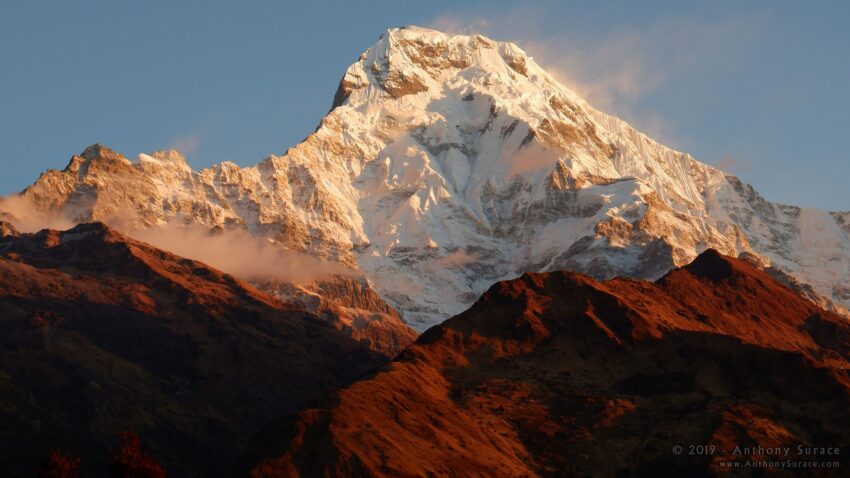
If you loved this article or found it useful, don’t forget to share it with your adventurous and travel-hacking friends! If you want more posts like this, follow us on Youtube, Instagram, Pinterest, Twitter or Facebook and subscribe to our newsletter!

